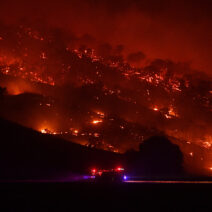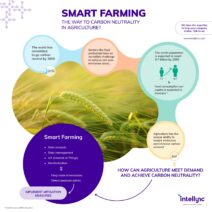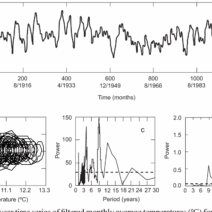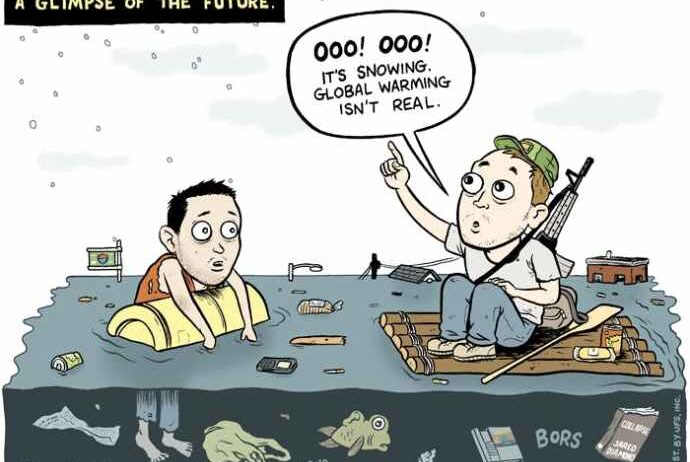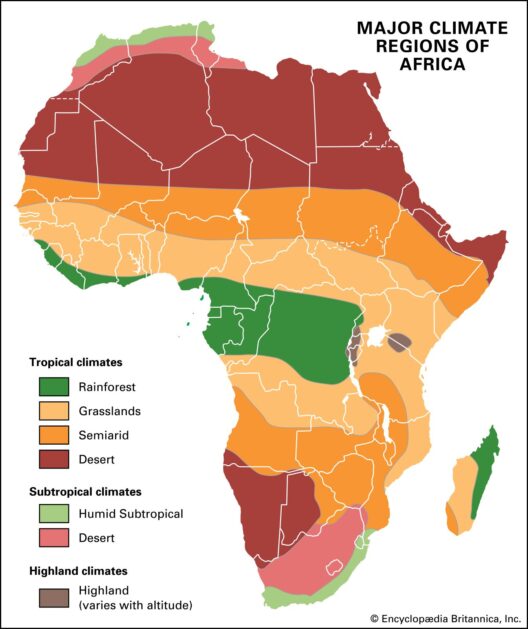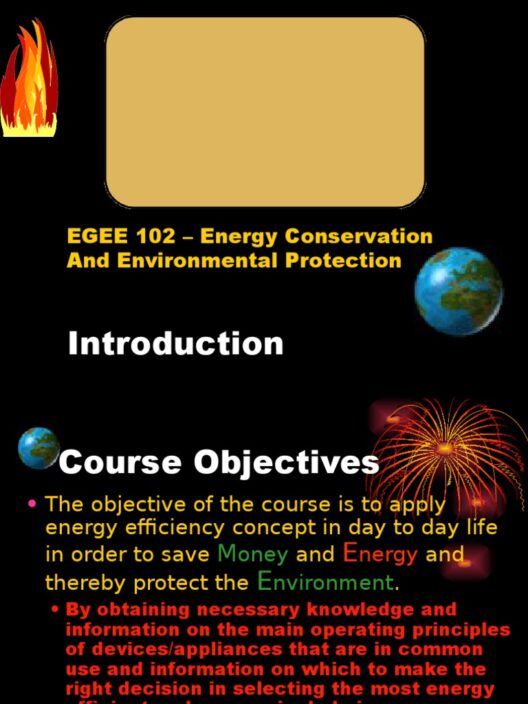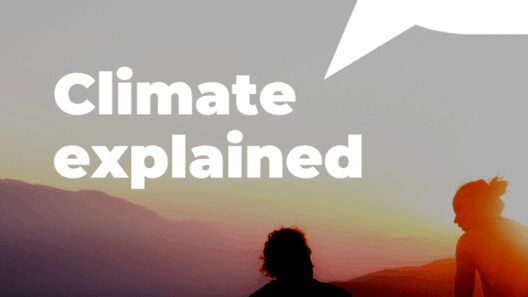What happens if climate change continues? It’s a question that poses not just uncertainty but a stark challenge to our current way of life. Imagine a world where seasonal rhythms have become chaotic, where the familiar patterns of weather that once dictated agricultural practices are now erratic, and where biodiversity is at risk in unprecedented ways. What would this mean for us? Let us delve into a conceivable yet troubled future shaped by the ongoing climate crisis.
The trajectory of climate change is not a mere speculation; it is substantiated by copious scientific observations and projections. Predicted increases in global temperatures, widespread melting of ice caps, and rising sea levels are palpable indicators that we are already experiencing the ramifications of a warming planet. If the current trend persists, we can anticipate a range of catastrophic scenarios.
Firstly, let’s consider the impact on global ecosystems. As temperatures rise, distinct habitats suffer irreparable damage. Coral reefs, often dubbed the “rainforests of the sea,” are exceedingly vulnerable to temperature fluctuations and acidification caused by increased carbon dioxide levels. If current emission trends continue, we could witness a staggering 70-90% of coral reefs dying by 2050. Consequently, marine biodiversity will plummet, and countless fish species that rely on these ecosystems for sustenance will face extinction, altering entire food webs.
Moreover, terrestrial ecosystems will not remain unscathed. Forests, particularly those in tropical regions, are crucial as carbon sinks. They absorb vast amounts of CO2 from the atmosphere, mitigating the effects of climate change. However, rising temperatures and changing precipitation patterns could lead to widespread forest die-offs. Forest fires would become more frequent and severe, not only releasing stored carbon but also destroying habitats for countless species.
Now, let’s shift our focus to human societies. As agricultural zones experience shifts due to changing climates, food security will emerge as a predominant issue. Regions that were once agriculturally viable may become barren, while others could face increased flooding or droughts. According to projections, grain yields could halve in some regions by 2100, leading to food shortages and driving up prices. The specter of famine may not be a distant worry but a reality for millions globally.
Access to clean water will also be a vexing dilemma. Aquifers are being depleted faster than they can be replenished, particularly in arid regions experiencing climate extremes. If climate change continues its relentless march, water scarcity will precipitate conflicts over dwindling supplies, exacerbating social tensions and increasing migration. The International Organization for Migration estimates that climate-related factors could displace over 140 million people by 2050, altering demographics and straining infrastructures in host regions.
Additionally, the health impacts of climate change are profound. Vector-borne diseases, such as malaria and dengue fever, could expand into new territories as warmer weather allows mosquitoes to thrive in regions they previously inhabited infrequently. Higher temperatures and air pollution could amplify respiratory illnesses, particularly among vulnerable populations. The Centers for Disease Control and Prevention (CDC) predicts that heat-related illnesses will surge, particularly among the elderly and those with pre-existing health conditions.
Now, one might wonder: how can we avert such a dismal outlook? The answer lies in our collective actions today. Transitioning towards renewable energy sources, such as wind and solar, can mitigate greenhouse gas emissions substantially. Implementing more sustainable agricultural practices can shield against food insecurity and preserve our natural resources. Moreover, fostering conservation efforts can help protect vulnerable ecosystems and maintain biodiversity.
Nevertheless, these initiatives can be a double-edged sword. While they promise a reduction in carbon emissions, the transition may present economic challenges, particularly for communities reliant on fossil fuels. Workers in coal and oil industries may experience job losses without a clear pathway to transition into green job sectors. This presents a challenge; how do we embrace necessary change without leaving vulnerable populations behind? Solutions must be participatory, equitable, and inclusive, ensuring that the burden of transition does not disproportionately affect those already marginalized.
Lastly, we come to the moral implications of climate change. Not only is it an environmental issue; it is inherently an ethical one. The repercussions of inaction are disproportionately borne by those least responsible for climate change, particularly in developing nations. A global perspective is paramount. As countries forge their paths towards sustainability, international cooperation and compliance with environmental treaties will be essential in curbing emissions effectively.
In conclusion, the plethora of challenges posed by continuing climate change is staggering. From ecological devastation to health crises and social unrest, the future that looms ahead is fraught with uncertainty. Yet, even in this bleak narrative, a flicker of hope remains. By acknowledging the urgency of the situation and committing to substantive change, we can steer our global community towards a more sustainable and equitable future. The question remains: can we muster the will to act before it is too late? Ultimately, the fate of our planet lies in our hands.
